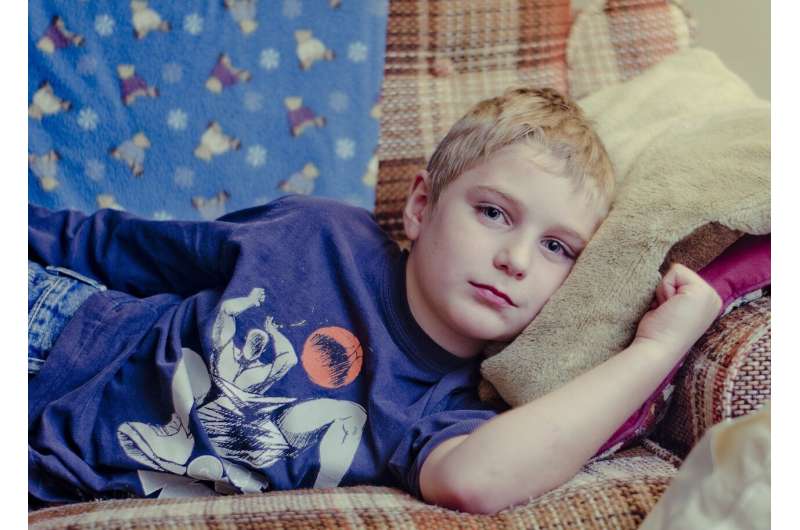Mapping Cells and Genes Uncovers Key Factors in Crohn's Disease Complications

New spatial mapping research uncovers key cells and genes involved in the fibrosis-related complications of Crohn's disease, paving the way for targeted therapies.
Recent research utilizing advanced spatial mapping techniques has provided new insights into the cellular and genetic networks involved in Crohn's disease, particularly its fibrotic complication known as stricturing. Crohn's disease, an inflammatory bowel condition, can lead to fibrosis—scarring that causes bowel obstruction, pain, and bloating. Currently, surgical intervention is the primary treatment for these strictures.
In a comprehensive study conducted by scientists from the Broad Institute and Massachusetts General Hospital, individual cells from intestinal tissues of Crohn's patients were analyzed to understand the underlying biological processes. By measuring gene activity and mapping cells' positions within the tissue, researchers identified various cell populations that contribute to stricturing. Notably, different subtypes of fibroblasts, which produce connective tissue components like collagen, appear central to stricture formation. One group of fibroblasts found deep in the intestine produced high levels of collagen, implicating these cells in creating the fibrotic tissue. Another subgroup situated near the intestinal surface expressed immune signaling molecules, suggesting a role in immune responses during tissue injury.
The study revealed the presence of neurons associated with Crohn’s disease within the organ, providing further understanding of the disease's complexity. These findings illuminate potential targets for therapies that could more precisely address fibrosis rather than just inflammation. The researchers emphasized that developing treatments targeting these specific genetic and cellular networks might improve outcomes for patients resistant to traditional anti-inflammatory drugs.
This study builds on prior work where the team created the largest single-cell atlas from Crohn’s patient biopsies. The combination of single-cell RNA sequencing and spatial transcriptomics allowed the scientists to identify 68 distinct cell types, uncovering intricate cell interactions involved in disease progression.
In their future efforts, the team aims to expand sample collection and develop cell models to investigate these cell populations and test new drugs. The collaboration highlights the importance of applying detailed cellular maps to innovate more effective, personalized treatments for Crohn’s disease and potentially other fibrotic conditions.
Overall, this research marks a significant advance in understanding the cellular landscape of Crohn’s disease and opens avenues for therapies that could prevent or reverse fibrosis, improving patient quality of life.
Stay Updated with Mia's Feed
Get the latest health & wellness insights delivered straight to your inbox.
Related Articles
New Benchmark Defines Colon Cancer Cure After Six Years of No Relapse Risk
A comprehensive study has established that colon cancer patients can be considered cured after six years without relapse, when the risk drops below 0.5%. This new benchmark offers a clearer definition for long-term remission and improves patient care strategies.
Increasing Global Temperatures May Worsen Severity of Obstructive Sleep Apnea
New research reveals that rising global temperatures may significantly increase the severity and societal burden of obstructive sleep apnea, highlighting the urgent need for climate action and healthcare strategies.
Gender Disparities in Primary Care Physician Earnings and Patient Outcomes
A recent study highlights how value-based payment models can reduce gender wage gaps among primary care physicians while improving patient outcomes, especially for women doctors and their patients.
Addressing Childhood Chronic Pain: The Role of School Nurses in Management and Care
A significant portion of children suffer from chronic pain impacting their daily lives. Training school nurses and community health providers in pain management strategies offers a promising solution to improve access and long-term outcomes for affected children.



